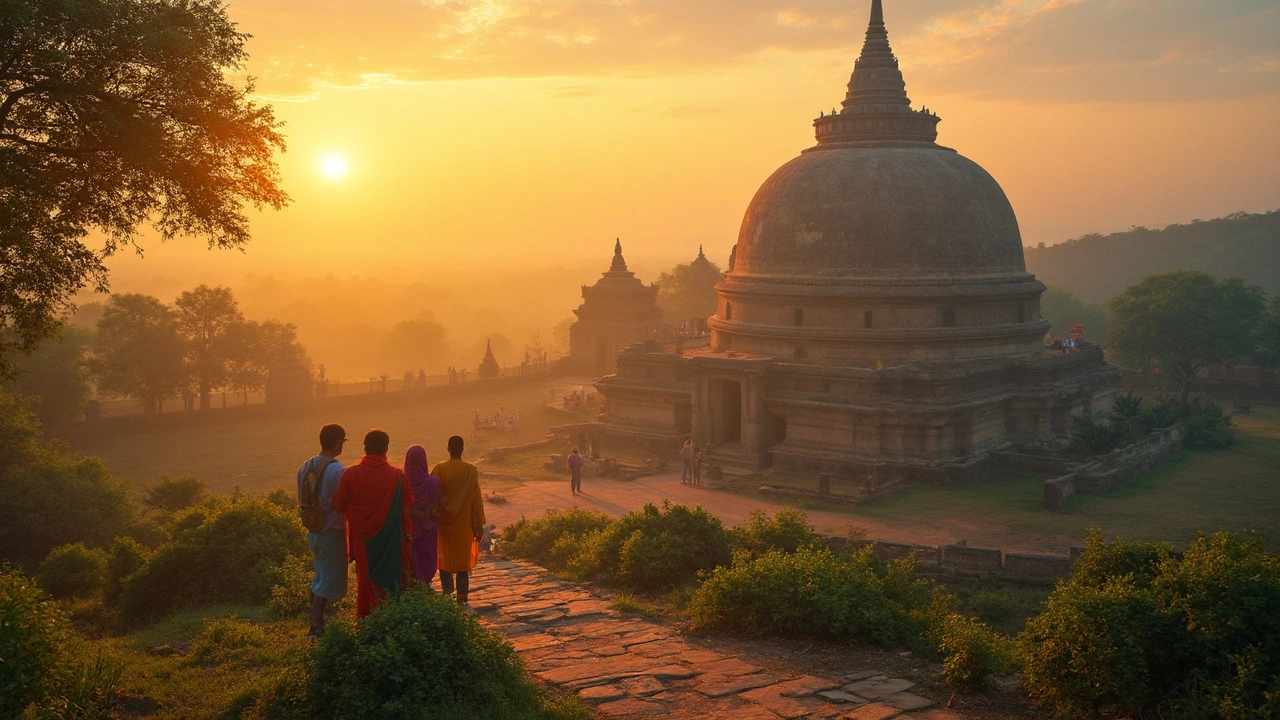Famous Indian Monuments You Must See
India is packed with structures that tell stories of emperors, wars, love, and religion. If you’re planning a trip or just love travel, knowing which monuments to hit first saves time and makes the experience richer. Below is a quick run‑through of the most talked‑about sites, plus some handy tips to make your visit smooth.
Top Must‑Visit Monuments
Taj Mahal (Agra) – The marble tomb built by Shah Jahan for Mumtaz Mahal. The best light is at sunrise; buy tickets online to skip the queue.
Qutub Minar (Delhi) – A 73‑meter tall stone tower from the 12th century. Watch out for the narrow stairs; wear comfortable shoes.
Red Fort (Delhi) – The massive sandstone fort that once housed Mughal rulers. Evening light‑and‑sound shows give a quick history lesson.
Hampi (Karnataka) – Ruins of the Vijayanagara empire spread over a rocky landscape. Rent a bike to cover the far‑flung temples.
Konark Sun Temple (Odisha) – Shaped like a giant chariot, this 13th century stone temple faces the sunrise. Bring a hat; the stone can get hot.
Khajuraho Group of Monuments (Madhya Pradesh) – Famous for intricate carvings. Guided tours explain the symbolism behind each sculpture.
Elephanta Caves (Maharashtra) – Rock‑cut caves on an island near Mumbai, known for massive Shiva statues. Catch a ferry early to avoid crowds.
Amber Fort (Jaipur) – A hilltop fort with pink sandstone walls and stunning views of the city. Elephants are still used for rides, but a jeep is a kinder option.
Mysore Palace (Karnataka) – A richly decorated palace that lights up at night. Photo‑friendly spots are everywhere.
Gateway of India (Mumbai) – The iconic arch overlooking the Arabian Sea. Great for a quick photo stop before heading to nearby attractions.
Travel Tips for Visiting Monuments
Buy tickets online whenever you can. Most big sites now have e‑ticket options that cut wait time dramatically. Arrive early in the morning; crowds are thinner and the weather is cooler.
Dress modestly, especially at religious sites. Shorts and sleeveless tops can get you turned away at the gate. A simple scarf or shawl solves the problem fast.
Carry a small bottle of water and a snack. Many monuments are in remote areas with limited food stalls.
Hire a local guide or join a short audio tour. Even a 10‑minute explanation adds context that makes the stone walls feel alive.Check the weather before you go. Monsoon rains can flood paths at places like Hampi, while winter is the safest season for most northern monuments.
Respect the rules: no chewing gum, no climbing on restricted areas, and keep noise low. These sites are protected heritage, and preservation depends on visitor behavior.
Finally, give yourself at least an hour per monument. Rushing through will let you miss the details that make each place special. With these tips in hand, you’re ready to explore India’s famous monuments and walk away with stories worth sharing.
